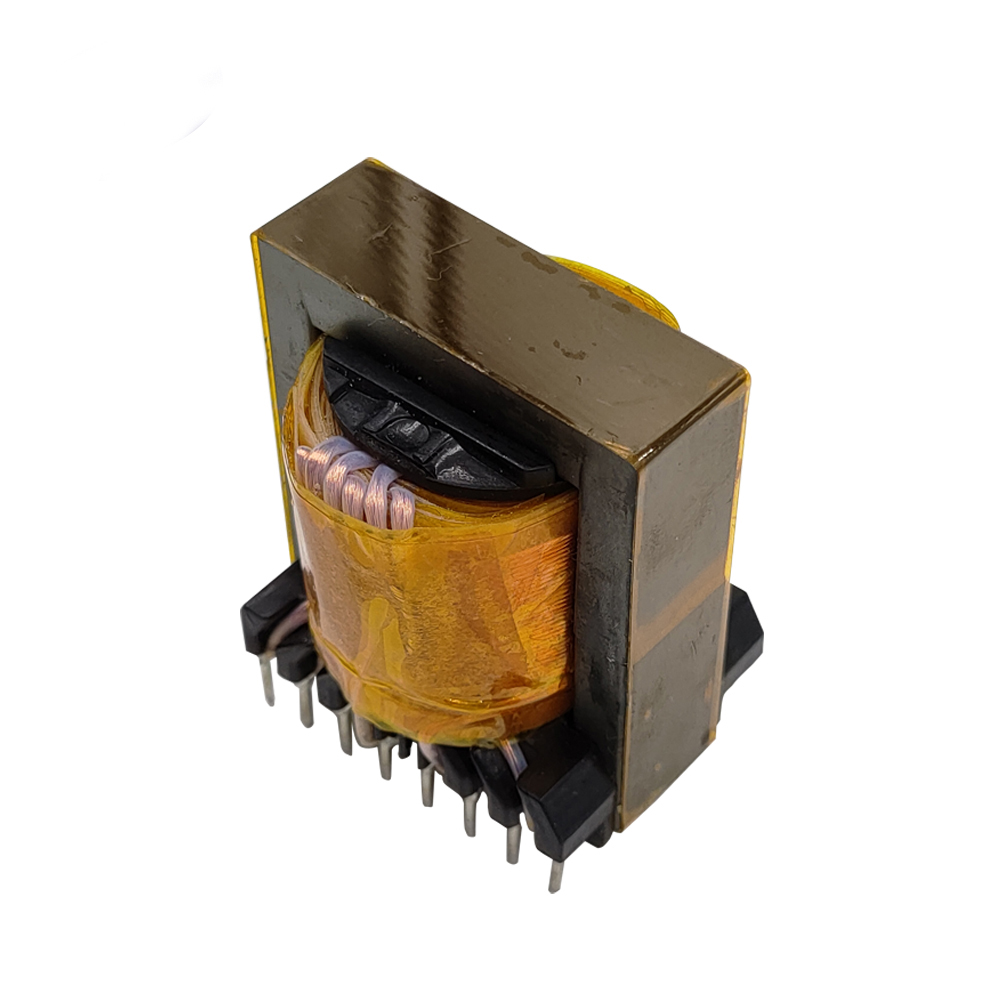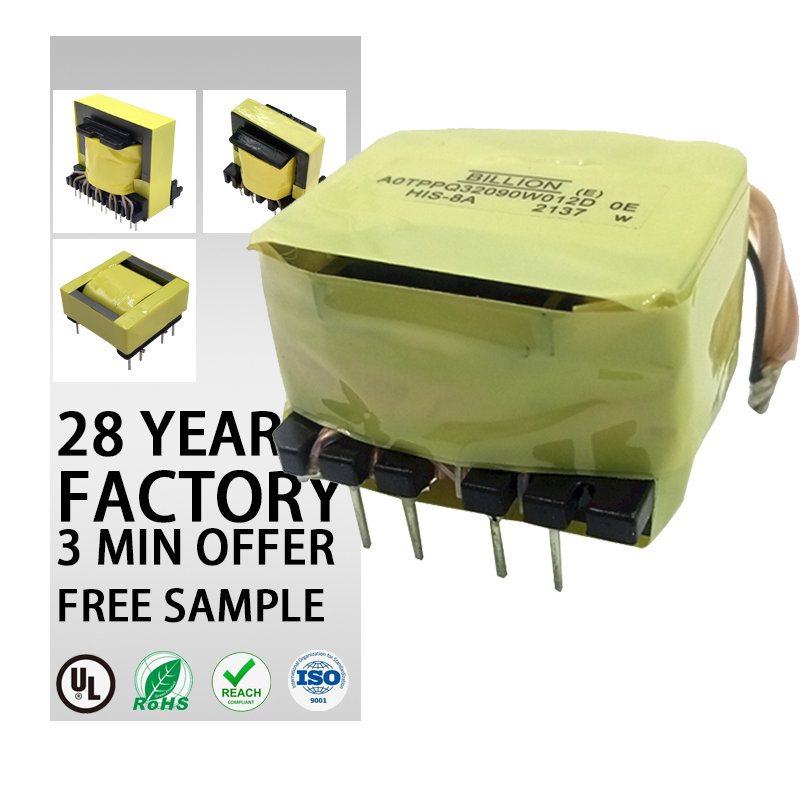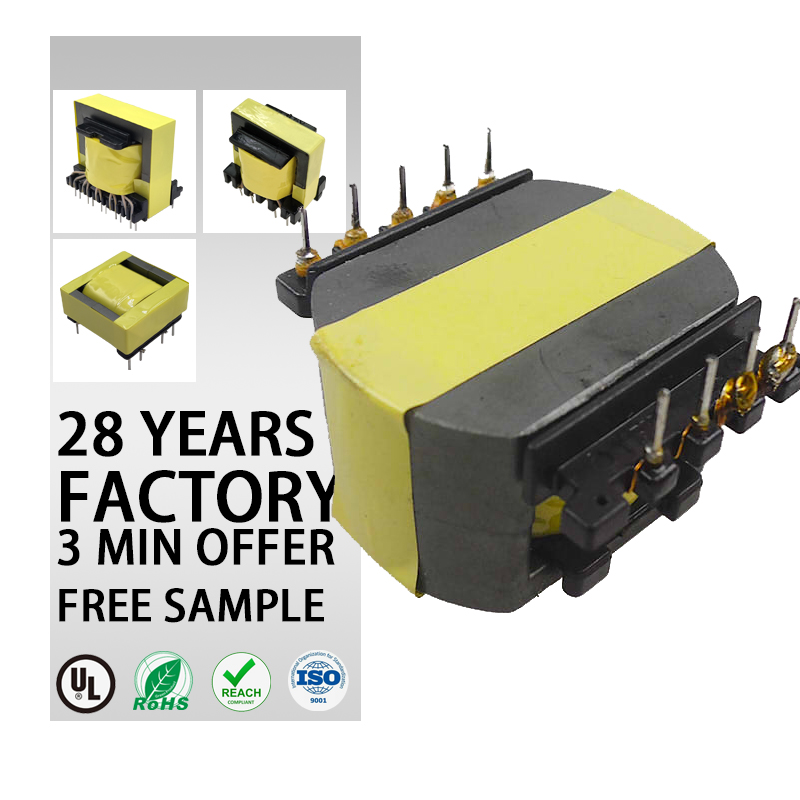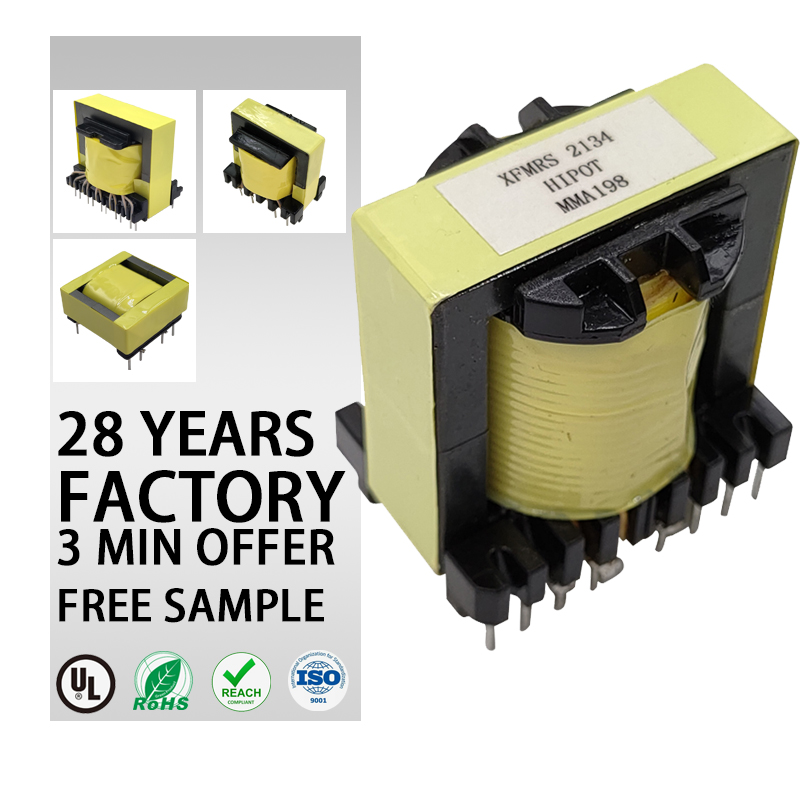What is step up vs down transformer?
A step-up transformer and a step-down transformer are both types of electrical transformers, but they serve different purposes based on their configuration and the ratio of turns in their coils.
Step-Up Transformer: A step-up transformer is designed to increase the voltage from the input (primary) side to the output (secondary) side. This is achieved by having more turns of wire in the secondary coil compared to the primary coil. When alternating current flows through the primary coil, it induces a changing magnetic field, which in turn induces a higher voltage in the secondary coil according to Faraday's law of electromagnetic induction. Step-up transformers are commonly used in power transmission systems to increase voltage levels for long-distance transmission, reducing power losses over the transmission lines.
Step-Down Transformer: Conversely, a step-down transformer is designed to decrease the voltage from the input (primary) side to the output (secondary) side. This is achieved by having fewer turns of wire in the secondary coil compared to the primary coil. When alternating current flows through the primary coil, it induces a changing magnetic field, which in turn induces a lower voltage in the secondary coil. Step-down transformers are commonly used in various applications, such as reducing high voltage from power lines to safer levels for residential or commercial use, or for voltage reduction in electronic devices.
In summary, while a step-up transformer increases voltage from primary to secondary, a step-down transformer decreases voltage from primary to secondary. Both types of transformers play crucial roles in electrical power distribution and various applications, depending on the required voltage levels.










